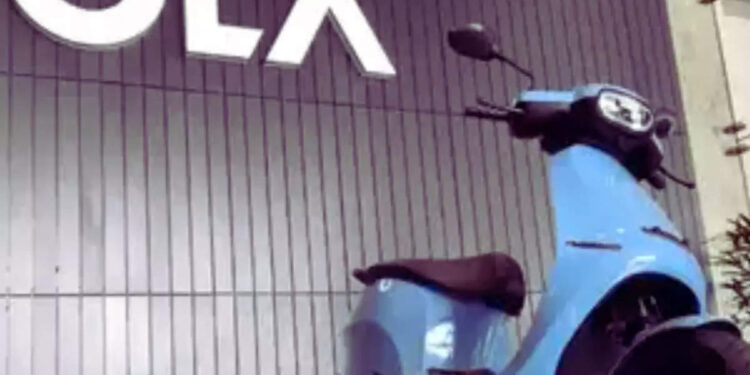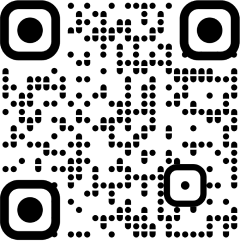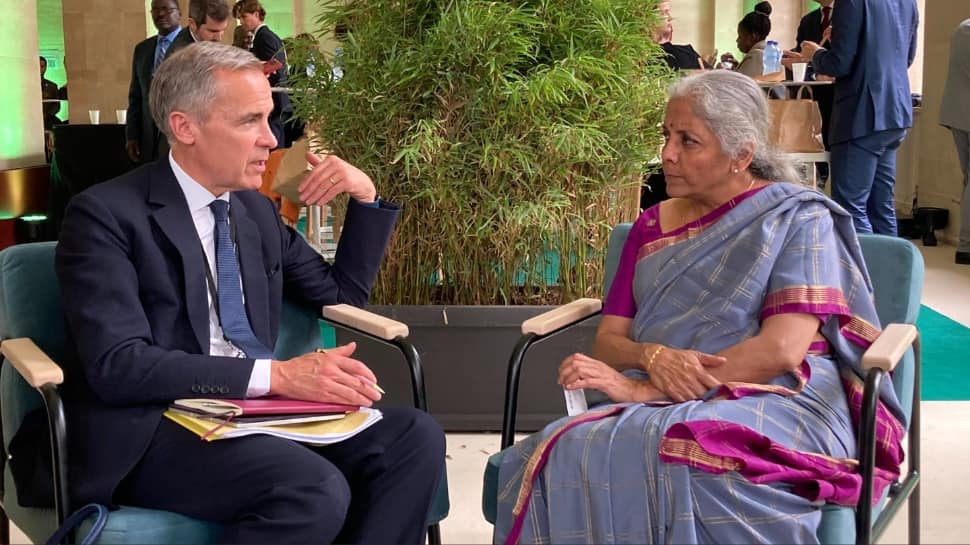
New Delhi: Dwindling market share, increasing consumer complaints and the realisation that perhaps an
online-only sales and service model may be ahead of its time for the Indian consumer. These could be some of the reasons for Ola Electric to come up with a ‘Network Partner Program’, under which the company announced today that it has on-boarded 625 partners “to expand the sales footprint across India”. This number will increase to a 1000 partners ahead of the festive season and to 10,000, across sales and service, by the end of 2025.The announcement of the network partner program was met with some cynicism on social media, since Ola ELectric CMD Bhavish Aggarwal denied having any plans of getting into the “dealership” model. “We won’t do dealerships. Dealership business model is a relic of the past. But people in the dealer business are welcome to become our partners,” Aggarwal said on twitter.
The new network partner plan comes just as Ola’s grip over the market has been loosening. Data from the vahan portal shows Ola’s market share in September (till date) is about 26%, a steep fall from over 30% in August and nearly 49% in the April-June quarter this fiscal year.
In other words, Ola controlled nearly half the market till June but now accounts for just about a fourth. Sales in September (till date) were below the 19,000 unit mark against over 27,000 in August.
In any case, the announcement about a new partner program is an about turn. Several times in the past, Aggarwal has pooh poohed the traditional dealership model, relaying on vehicle sales through an online booking mechanism. This is how it worked: the customer could book an Ola model of her choice online and it would be delivered at her doorstep – with no human interaction needed – or indeed possible- in the entire process. Almost the same model was being followed for servicing Ola products, where a company executive came down to pick up the vehicle which needed servicing and then to return the product after the job had been done.
Subsequently, Ola opened what it called “Experience Centres” where the customer could experience the product and make some enquiries but booking was still to be done online. Also, all these customer facing initiatives were company owned, unlike traditional sales models using dealerships where the dealers bear product inventory costs and servicing inventory costs and sales are done through human interactions.
Now, with the new model, has Ola turned away from its earlier stand of not entrusting products to dealerships in the traditional sense? How are network partners different from these traditional dealerships? A company spokesperson did not respond to these queries. But a statement from Ola said that the ‘Network Partner Program’ will give it an edge over competitors since it requires “limited investment from the partners and can be scaled up faster as compared to the traditional dealership model in the automotive industry.” As of now, Ola has nearly 800 company-owned stores.
“Any volume player in automobiles can only give a wholesome sales and service experience to the customer through a network of entrepreneur owned dealership networks. A large network of outlets cannot be managed effectively by company employed manpower. While Ola hasn’t specifically called them dealerships but called them partners, in effect they are going to be dealerships but probably multi brand,” Nikunj Sanghi, Past President of the Federation of Automobile Dealers Association (FADA) pointed out.
Another veteran dealer said that mounting complaints of servicing delays and problems with the servicing of products in general could also be behind Ola’s about turn on the dealership and after sales service mechanism. But Aggarwal doesn’t agree. “Our D2C (direct to consumer) model has been extremely successful in driving sustainable business growth. The Network Partner Program will further amplify the benefits of our D2C network as it requires limited capital investment from partners and can be scaled up really fast. While the company-owned stores will be the anchors of our sales and service network, this program will be instrumental in expanding the EV footprint deeper into the urban and rural markets,” he said in the statement.
Vinkesh Gulati, another past president of FADA, gave the example of several formats of dealerships. He said in the last one year or so, Ford Motor Co has been selling vehicles directly in the USA market but vehicle servicing is being done by dealers; Mercedes Benz is now using an “agency model” where the dealer is selling the vehicle but as an intermediary.
In this case, the dealer offers test drives, the total vehicle experience but the actual sale is being done by the company. So, the dealer doesn’t have to bear inventory costs or costs involved in offering any discounts.
“The partner network Ola is talking of could be similar to an intermediary. Here the partners may not invest in vehicle inventory, they would probably be functioning as experience centres while also providing service support. Something like the Mercedes Ben model,” Gulati said.
The biggest change that Ola seems to have incorporated is bringing back the human touch, said a dealer. The customer will not only have a chance to feel and drive the product, she may also be able to discuss servicing issues with someone at these network partner outlets instead of having to deal with an IVR with automated options. And this cannot be such a bad thing, after all. ends
















